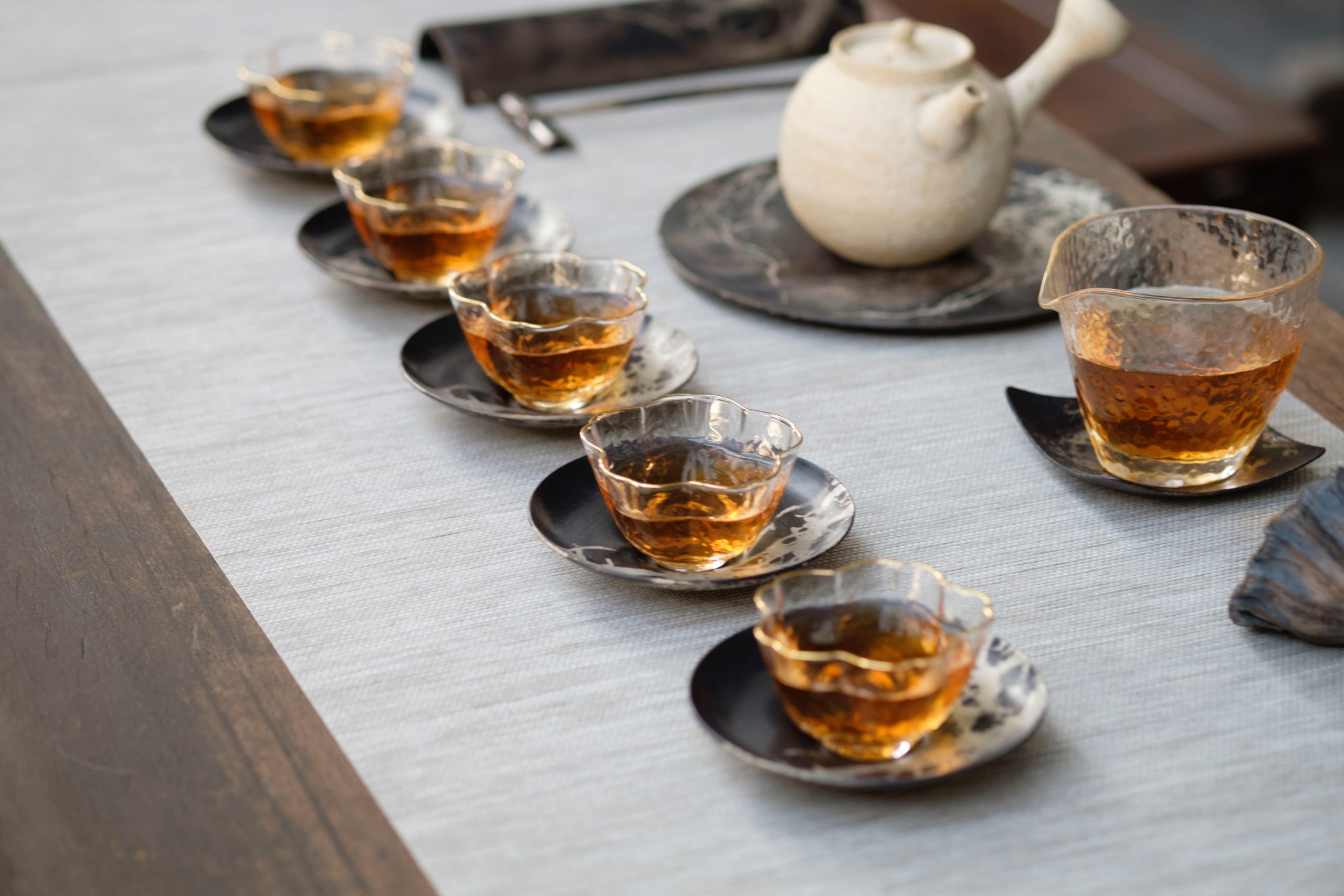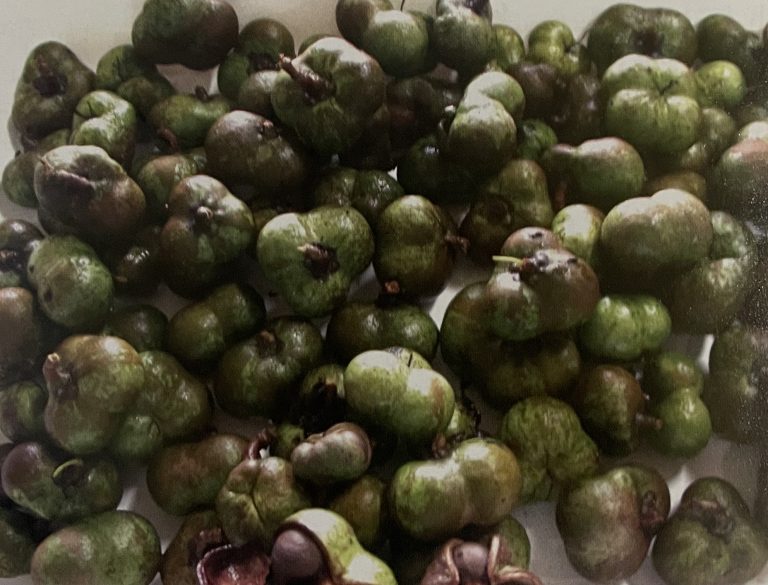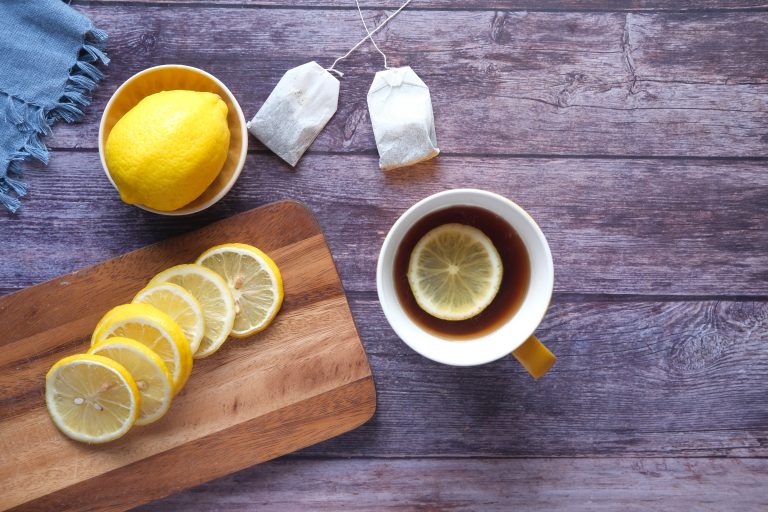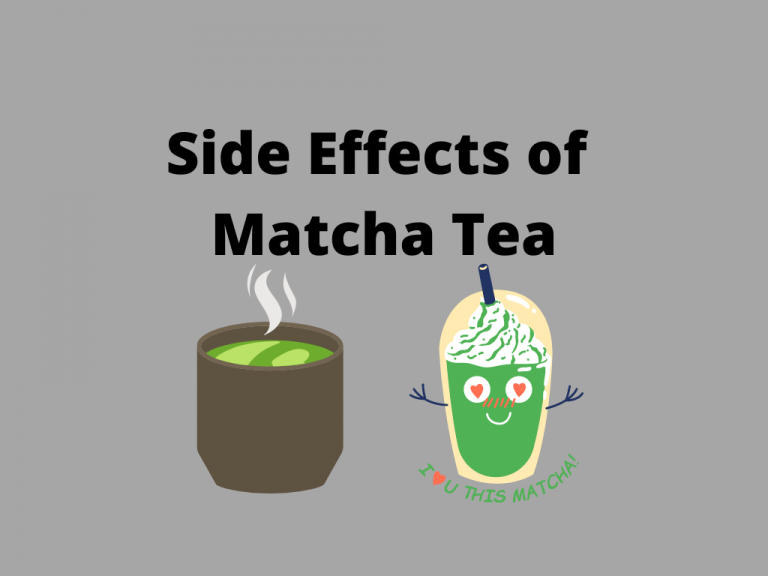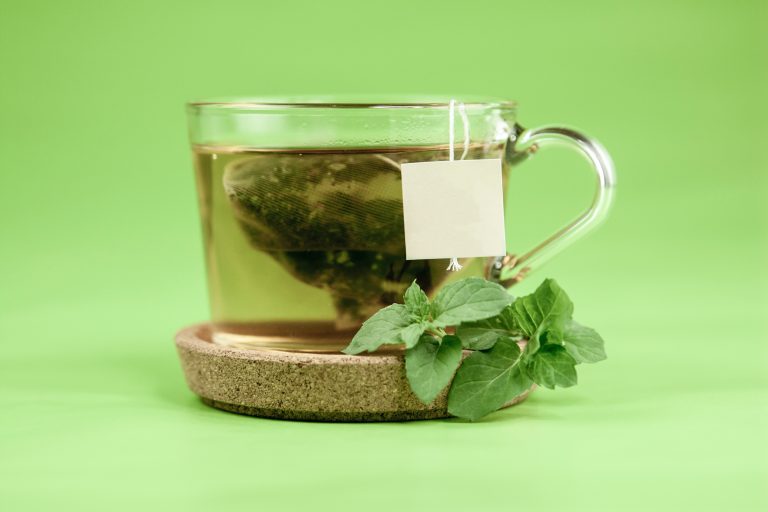Drinking Tea
Tea is the next most popular libation after water. It’s interesting to note that the 3,200,000 tons of tea produced globally come from a single kind of plant known as “Camellia sinensis.”
How can a plant become a drink?
A large range of tea flavors, scents, and colors may entice even the most skeptical consumer. To make tea, process tea leaves, buds, or twigs in boiling water for a few minutes.
If you love drinking tea but haven’t had the chance to learn more about it than that, you should be aware that there are hundreds of different varieties available on the market right now.
These two factors are affect to the different flavors of tea.
- The place of cultivation
- Technique used to prepare tea leaves
The four basic kinds of tea that result from the processing methods are what is regarded as the tea maker’s art.
- Black Tea
- Oolong Tea
- Green Tea
- White Tea
Processing, in its simplest form, is selecting whether or not and how much oxidation (or fermentation) should occur before drying the raw green leaves. When tea leaves are damaged, bruised, or crushed, the enzymes within them respond by oxidizing.
Black Tea
Black tea is categorized as the first kind. After being out in the open for 8 to 24 hours, Camellia sinensis leaves are all that black tea is made of. The leaves are fanned out after being picked up to allow the water they contain to evaporate.
You’ve undoubtedly seen it happen to a flower that was neglected and not watered. The vegetation starts to dry up and curl. The next step in the process involves rolling the tea leaves into balls to promote oxidation.
When completely oxidized, the leaves take on a deep black hue. The final drying stage is then applied to the tea leaves by tea makers before they are sorted and packaged.
Oolong Tea
Another form of tea is oolong, which is regarded as the most challenging to process out of the four. Oolong tea is best described as being halfway between green and black teas. This is due to the technique only oxidizing the leaves slightly.
The leaves are stretched out to dry for 8–24 hours, much like with black tea, but after that, they are thrown around in a basket to cause bruising and partial exposure to the air. The leaves are steamed as the last stage, which neutralizes the tea’s enzymes and stops further oxidation.
Green Tea
Compared to the other two types of tea, green and white teas taste more like freshly cut grass. Additionally, this kind of tea has less caffeine and has stronger antioxidant qualities.
Preventing oxidization in the leaves is important to the entire process of making green tea. Although the tea leaves are occasionally spread out to dry for a few hours, they are subsequently steamed or pan-fried to neutralize the enzymes and stop further oxidation.
The preservation of the enzymes, which have recently been the subject of medical study, is made possible by this precise procedure. The leaves are rolled up after steaming and are still a bright green hue.
White Tea
The least processed tea, white tea tastes the most like fresh leaves or grass and has lately gained popularity in the west. The tiny buds of the tea plant are used to make white tea.
White tea is steamed or pan-fried, just like green tea, to prevent any oxidation, and great care is taken to avoid crushing or bruising the tea. The microscopic white hairs of fresh growth are still present, giving the dried buds a silvery sheen.

